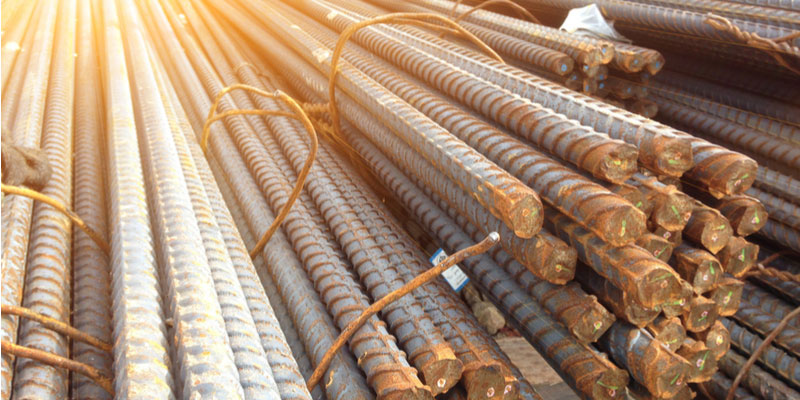
Cement Hardening Rebels or Case Hardening Steels or Cementation Steels In addition to carbon, other alloying elements such as:
They contain manganese, silicon, chromium, molybdenum and nickel and are produced by heat treatment of carbonation.
Due to the low percentage of carbon after hardening, we do not achieve high hardness in Samante 7131 steel rebar. If the rebar level of 1.7131 becomes carbon high with carbonization operation, the hardness of the rebar surface will increase.
The maximum percentage of carbon C in cemented steels is 0.3% and the maximum carbon penetration in cemented steels is 2 mm below the surface.
Cement steel rebar has a hard surface, soft core and toughness and high abrasion resistance. The steels of the cementation group also have high impact resistance.
Samante steel rebars are named with different standards:
_ Steel 1.7131
_ Steel 1.5919
Samante 1,7131 steel rebar is used to make small gear wheels, bird shafts, steering components, shaft pins and pins.
Steel 7131 contains 0.17% carbon, 0.3% silicon Si, 1.2 Mn Mn and about 1% Cr chromium.
Cement rebar – steel 1.51919
Cementation rebar 1.51919 has an acceptable resistance to pressure and friction due to its high Cr and Ni Ni chromium.
5919 steel is used to make all kinds of piston gears, thousand-bar sprockets, steering wheel pin, and و, and it is also used in the plastics and melamine industries with excellent polish.
Samante 7147 rebar is also used to make all the parts that must have a very hard surface and a soft core, such as different types of gears, steering shafts, Cranville and Python, etc.

